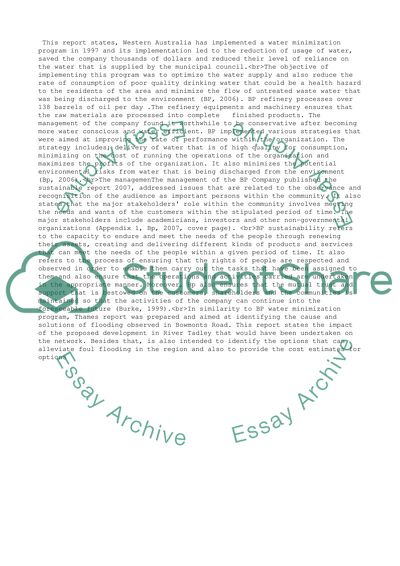Cite this document
(“Social and Environmental Accounting Research Paper”, n.d.)
Social and Environmental Accounting Research Paper. Retrieved from https://studentshare.org/business/1511783-social-and-environmental-accounting
Social and Environmental Accounting Research Paper. Retrieved from https://studentshare.org/business/1511783-social-and-environmental-accounting
(Social and Environmental Accounting Research Paper)
Social and Environmental Accounting Research Paper. https://studentshare.org/business/1511783-social-and-environmental-accounting.
Social and Environmental Accounting Research Paper. https://studentshare.org/business/1511783-social-and-environmental-accounting.
“Social and Environmental Accounting Research Paper”, n.d. https://studentshare.org/business/1511783-social-and-environmental-accounting.


